Rapid Prototyping For (Software) Startups: A Guest Post by Ryan Kopinsky
Every once in awhile, along comes a blog post that's simply too good to be ignored. For all of us over here at Domi, Ryan Kopinsky's recent piece on rapidly prototyping was exactly that kind of can't-miss, no-nonsense writing. We're happy to host an excerpt with his permission.
Ryan's take on accelerated product testing is an important mantra for all entrepreneurs. It's something we stress a lot around here: your product is only as good as the feedback that helped build it. So get started and get prototyping.
______________
"After interacting with a lot of first-time entrepreneurs, I've come to realize that quite a few startup founders struggle with building their first prototype. Some MVPs take way longer than expected and for some non-technical founders the development expenses skyrocket before even having a finished product. Most of these problems can be avoided and that's what this article is all about.
"Since most early-stage startups are bootstrapping and self-funded, the founders should be really careful about what they build. Building an app that nobody will use will not only waste your money but valuable time as well. Furthermore, I've come to realize (from personal experience) that founders tend to focus on the things they can do best. For example, a business-minded founder will jump to creating a business plan and throwing out numbers because that's in their COMFORT ZONE. A technical founder, such as myself, will jump straight to coding without really developing the proper validation methods and UX. It's good to know your strengths but make sure you use them at the proper time! So how can we avoid building the wrong product or taking way too long to release a beta? This is where Rapid Prototyping and early, continuous validation will help you tremendously.
"For your first prototype, you should DESIGN (no coding). Only if you're confident about your assumptions, you can move onto BUILDING."
"Once you have validated your MVP assumptions, you can start BUILDING. The key is to minimize the time through each cycle. Iterate as fast as possible."
Rapid Prototyping
"Rapid Prototyping is nothing new - build something as efficient and fast as possible to validate a hypothesis. By rapidly DESIGNING and at a later stage BUILDING prototypes we can continuously obtain feedback and therefore adapt our strategy for product release. There is a good reason for mentioning design before build... because that's what you should do! Rapid Prototyping is really about creating a "good-enough", high-fidelity prototype to validate your assumptions and conduct user feedback sessions. The key here is to use ZERO CODE for your first prototype. In less than a week you can have a fully-functional, first prototype and that's what we'll discuss next."


